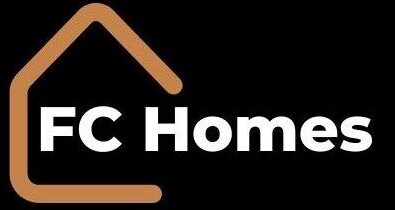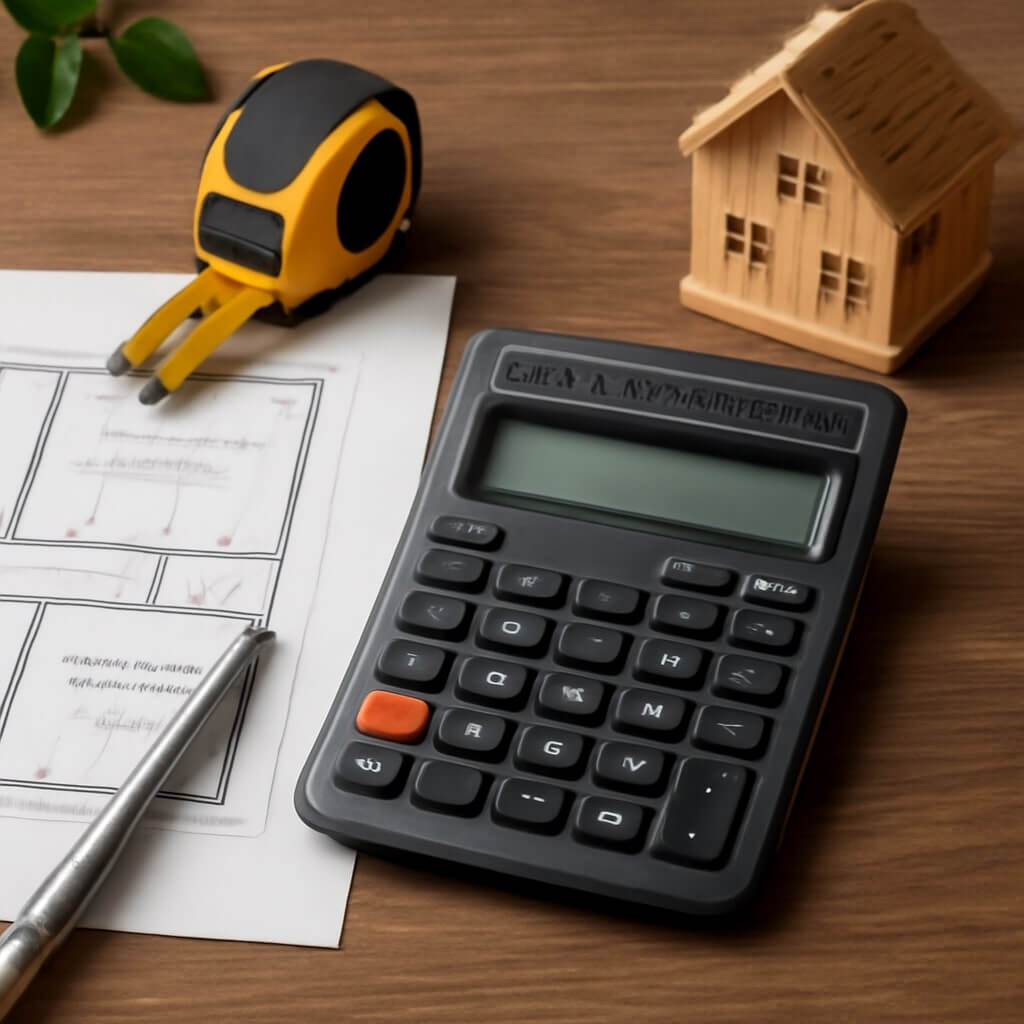When you’re considering a home addition, it’s essential to understand the various factors that affect cost estimator calculators. The location of your home can dictate zoning laws and materials available. The size and complexity of the addition also play significant roles in determining overall expenses. Additionally, local labor rates and market trends can shift estimates considerably. As you assess these elements, you’ll find that each decision can lead to unexpected financial implications. What will you prioritize?
Key Takeaways
- Zoning regulations influence project feasibility and associated costs, affecting overall estimations in calculators.
- The size and scope of the addition directly impact material and labor costs reflected in the estimates.
- Design complexity plays a crucial role, with intricate designs leading to higher expenses in estimations.
- Material selection affects both the quality and the overall project budget, influencing cost calculations.
- Local labor rates vary based on regional economies and demand, significantly impacting estimation accuracy.
Location of the Home
When considering a home addition, the location of your home plays an essential role in determining costs. Zoning regulations in your area can greatly impact what you can build and how much it’ll cost.
You’ll need to understand these rules to avoid costly mistakes. Additionally, neighborhood trends can influence your project’s feasibility and expenses. If similar additions have increased property values nearby, you might find it easier to justify your investment.
Conversely, if your neighborhood isn’t embracing expansion, you may face pushback or higher costs. Analyzing both zoning and trends guarantees you make informed decisions for your home addition.
Size and Scope of the Addition
When considering the size and scope of your home addition, total square footage plays a vital role in determining costs.
Larger spaces typically require more materials and labor, while the complexity of the design can further influence your budget.
Understanding these factors will help you make informed decisions throughout your project.
Total Square Footage
Determining the total square footage of your home addition is essential, as it directly influences both the project’s scope and overall cost.
Accurate square footage calculations help you assess the amount of living space you’ll gain, which in turn affects material and labor expenses. Larger additions typically require more resources, thereby increasing costs.
Additionally, consider the layout and functionality of the new area; how you plan to use the space can impact the overall design and budget.
Complexity of Design
The complexity of your home addition’s design greatly impacts both its size and scope, which in turn affects your overall budget.
Intricate design features, such as vaulted ceilings or custom cabinetry, require more skilled labor and materials, raising costs considerably.
Additionally, the architectural style you choose can dictate how complex the addition becomes. For example, a modern, minimalist design may be easier to execute than a traditional style with elaborate details.
Understanding these factors helps you make informed decisions and keeps your project aligned with your financial goals.
Consider all aspects of design to optimize your home addition investment.
Design Complexity
Although you might envision a straightforward home addition, the reality is that design complexity can markedly influence your project’s overall cost. Intricate design elements and unique architectural features can greatly drive up expenses. Below is a comparison of different design complexities and their impact on cost:
| Design Complexity | Cost Impact |
|---|---|
| Simple Addition | Low |
| Moderate Complexity | Moderate |
| High Complexity | High |
Understanding how these factors play into your budget is essential. The more detailed and unique your design, the higher the potential costs for labor and materials.
Material Selection
When planning your home addition, material selection plays a pivotal role in defining both the quality and overall costs of the project.
Choosing sustainable materials can greatly reduce your environmental impact while potentially lowering long-term expenses. These options often lead to improved energy efficiency, which is vital for future savings.
Opting for sustainable materials can minimize your environmental footprint and enhance energy efficiency, leading to long-term savings.
On the other hand, if you opt for high-end finishes, you’ll elevate the aesthetic appeal but should be prepared for a higher upfront investment.
Balancing quality and cost is essential; your choices will ultimately affect not just your budget, but also your home’s value and longevity.
Make informed decisions to maximize benefits.
Local Labor Rates
When planning your home addition, understanding local labor rates is essential.
You’ll notice that regional wage differences can greatly impact your budget, especially when considering the availability of skilled labor and current market demand trends.
Regional Wage Differences
Understanding regional wage differences is essential for accurately estimating the costs of a home addition. Wage disparities across various regions reflect the local economies, influencing labor rates markedly.
When you consider these factors, you’ll gain a clearer picture of your potential expenses:
- Cost of living: Higher living costs typically lead to increased wages.
- Demand for labor: In regions with booming construction, labor costs may rise due to competition.
- Local economic conditions: Areas with robust economies often have higher rates compared to those with weaker markets.
Skilled Labor Availability
Regional wage differences directly impact the availability and rates of skilled labor for your home addition project. In areas with a high demand for skilled trades, you might encounter labor shortages, driving up costs.
If local rates are competitive, you’ll likely find a wider pool of qualified professionals, which can help you secure better pricing. However, in regions suffering from a lack of skilled labor, you may face higher rates and fewer options.
Understanding these dynamics allows you to budget more accurately and make informed decisions about your home addition, ensuring you hire the right talent at a fair price.
Market Demand Trends
As the demand for home additions fluctuates, local labor rates can experience significant shifts, affecting your project’s overall budget.
Understanding these market fluctuations is essential for accurate cost estimation. Various economic indicators, such as unemployment rates and construction activity, directly influence labor costs in your area.
- Increased demand leads to higher rates.
- Seasonal trends can impact availability.
- Local economic health affects skilled labor supply.
Permitting and Inspection Costs
While you may be enthusiastic to start your home addition project, steering through the permitting and inspection costs is essential to secure compliance with local regulations.
Understanding the permitting processes in your area can help you anticipate fees and timelines. Each local authority has its own set of inspection requirements, which often include various stages of review and approval.
Failing to account for these costs can lead to budget overruns and project delays. By thoroughly researching and budgeting for permitting and inspection costs, you’ll facilitate a smoother construction experience and avoid potential legal complications down the line.
Market Trends and Economic Factors
Understanding market trends and economic factors is essential when planning your home addition, especially since these elements can greatly influence your overall costs.
Economic fluctuations can impact material prices, while housing supply affects labor availability and project timelines. By staying informed, you can make better decisions.
Economic shifts influence material costs and labor availability, making it crucial to stay informed for better decision-making.
- Monitor local housing market trends.
- Analyze recent economic reports for fluctuations.
- Assess the availability of construction materials and labor.
Evaluating these factors helps you budget accurately and avoid unexpected expenses, ensuring your home addition aligns with your financial goals and expectations.
Conclusion
In summary, understanding the various factors that influence home addition cost estimator calculators is essential for accurate budgeting. By considering your home’s location, the size and scope of the project, design complexity, material choices, and local labor rates, you can better anticipate expenses. Don’t forget to factor in permitting and inspection costs, as well as current market trends. With this knowledge, you’ll be well-equipped to navigate the financial aspects of your home addition effectively.




